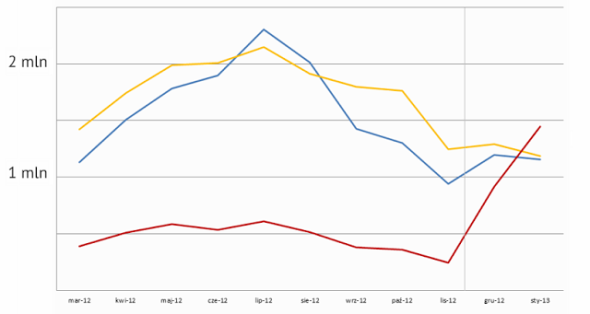To między innymi dlatego kolorami modernistów, którzy wymyślili wielkie bloki, były miel i szarość. Uważali, że wielkie domy dominują w przestrzeni na tyle, że dodawanie do nich silnych akcentów kolorystycznych byłoby już wizualnym barbarzyństwem. Wielka elewacja miała być jedynie tłem dla życia osiedla, a nie jego głównym elementem.
Źródło: Wanna z kolumnadą, Filip Springer, Wydawnictwo Czarne 2013
Więcej na temat pastelozy:
- Pasteloza – opis przypadku, Filip Springer, Polityka, 22 stycznia 2013
- Pospolite Ruszenie, akcja społeczna.






Recent Comments